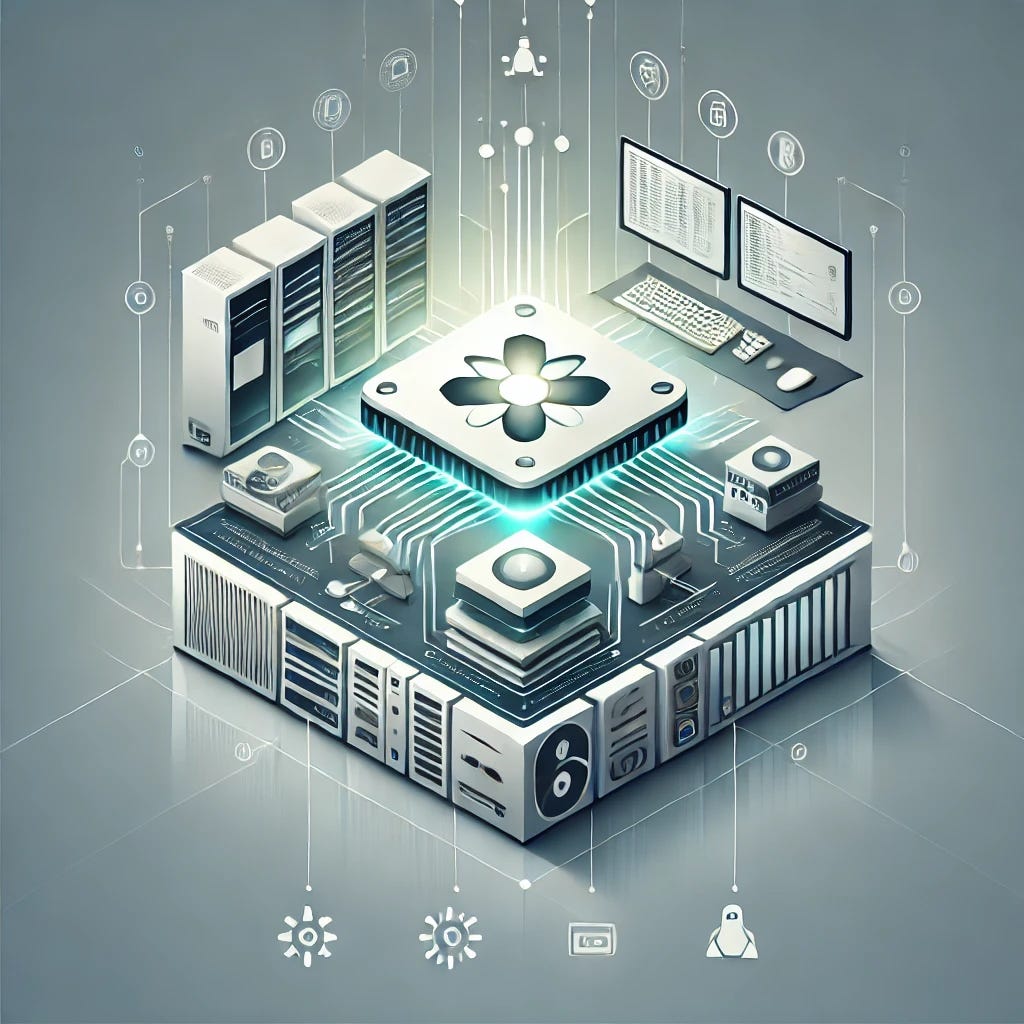Linux Kernel: The Core Software Powering Your System
The Linux kernel is the brain of your operating system—a powerful yet invisible manager working behind the scenes. It connects the hardware (your machine’s physical components) with the user applications you interact with, ensuring everything runs smoothly.
But why is the kernel necessary? Can’t applications just "talk" to the hardware directly?
Why Do We Need a Kernel?
Imagine your computer running multiple programs at once—a browser, a music player, and perhaps a code editor. How does your system ensure that:
Each program gets enough CPU time to work without interference?
Memory is allocated fairly so one program doesn’t crash others?
Hardware like the disk drive or network card can serve all applications seamlessly?
Without a kernel to orchestrate these resources, chaos would ensue. One application might hog all the CPU or memory, or two programs might try to write to the same file simultaneously, corrupting your data.
The kernel acts as a mediator between the hardware and applications, ensuring efficient and orderly sharing of resources.
The Role of the Kernel
At its core, the kernel has four main responsibilities:
Memory Management
Decides how much memory each program gets and keeps programs from interfering with each other.
Process Management
Ensures programs (or "processes") get fair access to the CPU to execute their tasks.
Device Management
Allows programs to interact with hardware like network cards, storage, and printers via drivers.
System Calls and Security
Provides a safe way for applications to request services from the kernel while enforcing permissions.
The Three Layers of a Linux System
To understand the kernel’s role better, think of a Linux system as having three distinct layers:
Hardware (Bottom Layer)
This is the physical part of your computer—memory, CPU, storage devices, and input/output (I/O) devices like keyboards and monitors.Kernel (Middle Layer)
The kernel is the software that sits in memory and manages all communication between hardware and applications. It tells the CPU what to do, ensures memory is used efficiently, and enables applications to share hardware resources.User Space (Top Layer)
This is where all your applications and user programs live—browsers, text editors, and servers. These programs run as "processes," and the kernel ensures they can perform their tasks safely and efficiently.
User Mode vs. Kernel Mode
When you run a program, it executes in user mode, a safe environment where applications have limited access to the system. The kernel operates in kernel mode, with unrestricted access to hardware.
This separation provides two key benefits:
Stability: If an application crashes in user mode, it won’t bring down the entire system.
Security: Applications can’t directly tamper with hardware or other programs.
Applications communicate with the kernel through a set of well-defined interfaces called system calls. These allow programs to request things like reading a file, allocating memory, or accessing the network.
Why the Kernel Matters
The kernel might be invisible, but its role is essential. It provides the foundation for everything you do on a Linux system, ensuring:
Efficient use of hardware resources.
Stability and fairness for all running programs.
Security by isolating applications and enforcing permissions.
Without the kernel, your computer would be an unmanageable collection of hardware.



